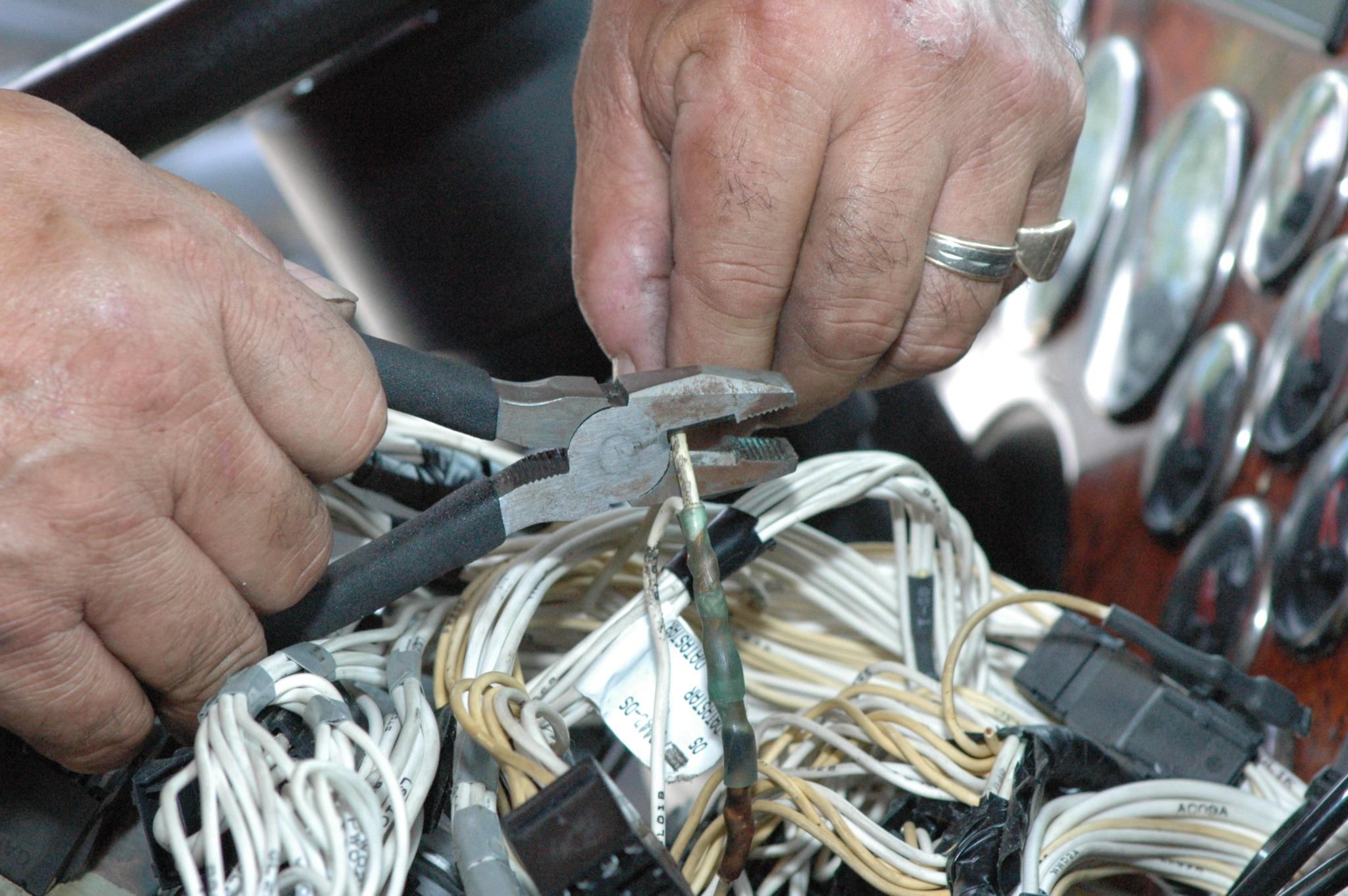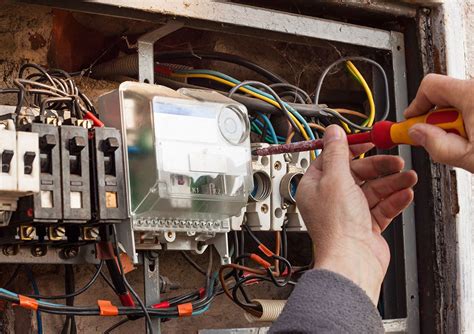Comply with regulations through reliable regulatory compliance assistance.
Wiki Article
Leading Tips for Effective Electrical System Troubleshooting
Repairing electrical systems needs a methodical approach, based in a thorough understanding of electric principles and security protocols. The nuances of effective repairing expand past plain technological knowledge; comprehending exactly how to document findings and prioritize safety and security can substantially influence end results.Understand the Essentials
Recognizing the fundamentals of electrical systems is vital for efficient troubleshooting, as a solid foundation enables specialists to diagnose and settle concerns a lot more effectively. An extensive grasp of electric concepts, such as voltage, present, resistance, and power, is vital in determining the origin triggers of problems. Voltage is the electric prospective difference that drives current with a circuit, while resistance opposes the flow of present, impacting the total capability of the system.Familiarity with circuit parts, consisting of resistors, capacitors, diodes, and switches, is additionally critical. Each part plays an unique role in circuit habits and can affect performance when malfunctioning. In addition, understanding collection and parallel circuit setups is crucial, as these setups influence the circulation of voltage and present within the system.
Moreover, knowledge of security methods is essential. Service technicians need to understand potential risks, such as shock and brief circuits, to execute risk-free troubleshooting techniques. By understanding these foundational ideas, professionals enhance their capacity to perform effective diagnostics and fixings, ultimately resulting in enhanced efficiency and reliability of electrical systems. This foundational understanding is the foundation of effective troubleshooting endeavors.
Gather Necessary Tools
Effective troubleshooting of electric systems needs the ideal set of devices to identify and deal with issues properly. Necessary tools consist of a multimeter, which determines voltage, existing, and resistance, permitting for accurate analyses of electrical components.Additionally, shielded hand tools such as screwdrivers, pliers, and wire pole dancers are important for securely manipulating electric connections. It is additionally a good idea to have a circuit tester on hand to confirm the presence of voltage in electrical outlets and cords. For even more facility systems, a thermal imaging cam can assist spot overheating parts, suggesting potential failings.

Adhere To a Systematic Strategy
Having gathered the ideal tools, the following action in repairing electric systems is to adhere to a systematic technique. A systematic technique makes certain that technicians can determine mistakes effectively and precisely, lessening downtime and avoiding mechanical system optimisation support unneeded fixings.Begin by evaluating the system's schematic layouts and requirements. Recognizing the layout and operational parameters will certainly provide context for identifying problems. Next off, isolate the problem location by utilizing a process of elimination. This includes monitoring each part systematically, beginning with the power resource and working towards the tons.
Make use of screening tools, such as multimeters and oscilloscopes, to collect unbiased data about voltage, existing, and resistance at different factors within the system. This empirical evidence will certainly assist your troubleshooting efforts and assist to confirm or remove potential sources of failure.
In addition, think about ecological aspects that might influence the system's efficiency, such as temperature variations or moisture access. A detailed inspection of circuitry, connections, and elements will certainly guarantee that all opportunities are accounted for.
Document Your Findings
Thorough documents is crucial in the repairing procedure of electrical systems. Precise documents enhance the efficiency of recognizing repeating concerns and help with interaction amongst staff member. Each finding needs to be diligently kept in mind, including symptoms observed, examinations carried out, and the outcomes of those examinations. electrical system troubleshooting. This practice not just help in understanding the origin cause of the problem however likewise offers as a referral for future fixing efforts.
Additionally, keeping a log of parts replaced or repair work done is important. This details sustains supply administration and can assist analyze the long life and dependability of certain elements.
Ultimately, the documentation process should be detailed yet succinct, making it possible for simple retrieval and evaluation - electrical system troubleshooting. By focusing on detailed documentation, service technicians can develop a valuable understanding base that not just help in current troubleshooting but likewise equips future upkeep initiatives, consequently enhancing overall system integrity

Prioritize Precaution
Acknowledging the inherent threats connected with electrical systems is critical for making sure safety throughout troubleshooting. Electric shock, burns, and tools damages are simply a few of the potential hazards that specialists deal with. Focusing on safety and security actions is not only a legal obligation but also a moral crucial that safeguards both the professional and the surrounding setting.Prior to starting any kind of troubleshooting job, professionals need to wear ideal individual safety tools (PPE), consisting of shielded handwear covers, shatterproof glass, and flame-resistant garments. Ensuring that the job location is completely dry and complimentary of mess can substantially decrease the danger of crashes. Furthermore, it is necessary to de-energize circuits prior to starting any kind of job, confirming that they are not live with the use of a multimeter or voltage tester.
Developing clear interaction procedures with employee is likewise important; this guarantees that every person knows potential risks and the status of the electrical system being serviced. Last but not least, having an emergency situation response plan in location can confirm vital in case of an event. By focusing on precaution, technicians can efficiently reduce risks and cultivate a much safer office.
Verdict
Efficient electric system repairing counts on an extensive understanding of basic principles and a systematic strategy. Prioritizing security procedures makes certain the well-being of individuals included and the stability of the electrical system.Report this wiki page